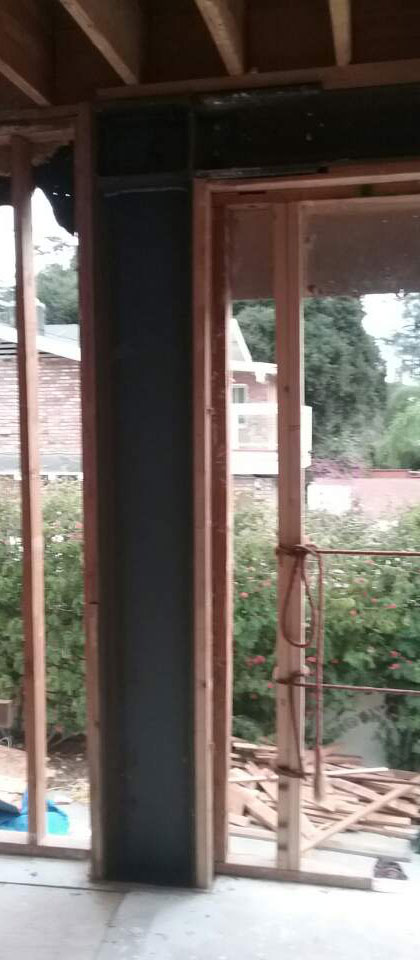Seismic Retrofit
Seismic retrofitting is the modification of existing structures, to make them more resistant to seismic activity, ground motion, or soil failure due to earthquakes.

What is SEISMIC RETROFIT?
Living in earthquake territory, it is widely understood that certain types of older buildings are inherently dangerous as they are susceptible to structural damage, or even collapse, in the event of an earthquake.
Typical types of older buildings that benefit from a seismic retrofit include the following:
- Concrete tilt-ups
- Soft-Story Structures, such as those with tuck under parking or large store fronts at the 1st floor
- Unreinforced masonry buildings (URM)
- Non-Ductile concrete buildings
- Retail buildings (older built of block or concrete)
- Historical buildings
- Parking Structures
To protect a building’s value as an investment, including the tenants and their operations, maintain the building’s marketability and decrease liability, it’s important to assess your building’s earthquake risk and perform a seismic retrofit when recommended.
Sometimes a seismic retrofit is performed voluntarily, yet other times, outside forces trigger the need for a seismic retrofit; including a change of the buildings use or occupancy, as required by the city, or as required by lenders and/or insurance companies before they will lend or insure these types of properties.
Not all seismic retrofits are the same! Because we work with older existing buildings, the level of strengthening or seismic retrofit can vary, based on the goal of the building owner, the insurance company, or the lender’s requirements.
It’s important to know what level of retrofit you’re receiving, and that it will be accepted within the industry by other structural engineers, lenders, insurance companies, etc… You may want to get a second opinion or a peer review of the seismic plans before performing the work to confirm that the retrofit meets the intended goal/criteria.
When limited financing is the primary concern, a goal for the seismic retrofit may aim to achieve the “best value” for your retrofit dollars. One can always improve and strengthen their building, but sometimes the cost of such becomes too expensive and may prohibit any strengthening measures. Rather than doing nothing at all, there are usually incremental steps that can be taken to seismically strengthen the building, without addressing all of the building’s deficiencies at one time. This is not always an option, but it can be discussed on a case by case basis.
If your house doesn’t have bolts in foundation, contact us to help you away from earthquake disaster
